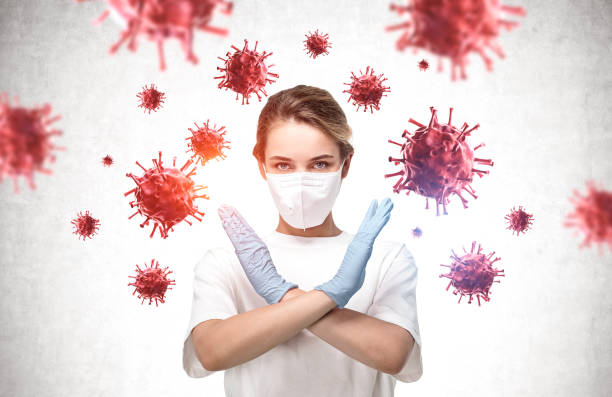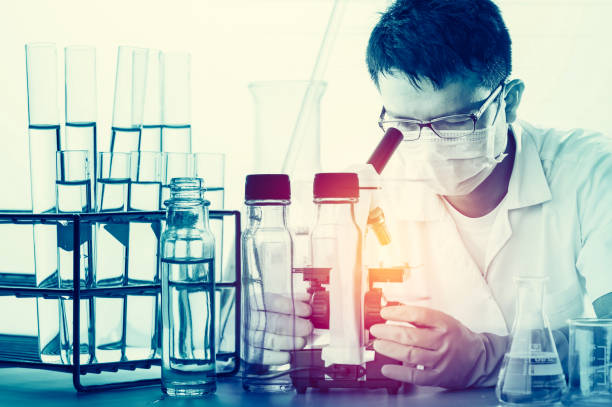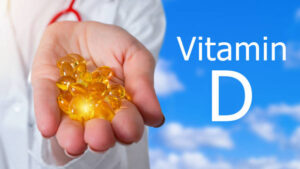Introduction
In our modern world, exposure to various toxins is an inevitable part of daily life. From the air we breathe to the food we eat, toxins are present in many forms and can significantly impact our health. Understanding the types of toxins, their sources, and their effects on the body is crucial for making informed choices to protect our health and well-being.

What Are Toxins?
Toxins are harmful substances that can cause adverse effects on living organisms. They can be of natural origin, such as those produced by plants and animals, or synthetic, like those created through industrial processes. Toxins can enter the body through various routes, including ingestion, inhalation, and skin contact.
Types of Toxins
Biological Toxins
Biological toxins are produced by living organisms. These include bacterial toxins, such as those causing food poisoning, and venom from animals like snakes and spiders. Plant toxins, like those found in poisonous mushrooms, also fall under this category.
Chemical Toxins
Chemical toxins are man-made substances that can cause harm. These include industrial chemicals, pesticides, heavy metals, and pollutants. Common examples are lead, mercury, and bisphenol A (BPA), which can be found in various consumer products.
Environmental Toxins
Environmental toxins are found in our surroundings, including air, water, and soil. Air pollution from vehicle emissions, contaminated water sources, and pesticide residues on food are examples of environmental toxins that can have detrimental effects on health.
Sources of Toxins
Air Pollution
Air pollution is a major source of toxins, including particulate matter, carbon monoxide, sulfur dioxide, and nitrogen oxides. These pollutants can come from vehicle emissions, industrial activities, and natural sources like wildfires and volcanic eruptions.

Water Contamination
Water can be contaminated with toxins from various sources, including industrial waste, agricultural runoff, and improper disposal of chemicals. Contaminants like heavy metals, pesticides, and pathogens can pose serious health risks when present in drinking water.
Food Contaminants
Food can contain toxins from pesticide residues, additives, and packaging materials. Improper handling and storage of food can also lead to contamination with harmful bacteria and chemicals.
Household Products
Many household products, including cleaning agents, personal care items, and plastics, can contain toxic chemicals. Prolonged exposure to these substances can have adverse health effects.
Effects of Toxins on Health
Acute and Chronic Toxicity
Toxins can cause both acute and chronic health effects. Acute toxicity results from short-term exposure to a high concentration of a toxin, leading to immediate symptoms such as nausea, vomiting, and respiratory distress. Chronic toxicity arises from long-term exposure to low levels of toxins, potentially causing diseases like cancer, neurological disorders, and reproductive issues.
Impact on Major Organs
Toxins can affect various organs and systems in the body. For example, inhaling air pollutants can damage the respiratory system, while consuming contaminated water can harm the digestive system and kidneys. Heavy metals can accumulate in the liver and brain, leading to severe health complications.
Vulnerable Populations
Certain populations, including children, pregnant women, and the elderly, are more vulnerable to the effects of toxins. Children, in particular, are at higher risk due to their developing bodies and higher intake of air, food, and water relative to their body weight.
Reducing Exposure to Toxins
Air Quality Improvement
Improving air quality can significantly reduce exposure to airborne toxins. This can be achieved by reducing vehicle emissions, using air purifiers, and avoiding outdoor activities during high pollution periods.
Water Filtration
Using water filters can help remove contaminants from drinking water. Regular testing of water sources and proper maintenance of filtration systems are essential for ensuring safe drinking water.
Organic and Clean Foods
Choosing organic foods and thoroughly washing fruits and vegetables can minimize exposure to pesticide residues. Reading labels and avoiding products with harmful additives and preservatives is also beneficial.
Safe Household Practices
Using natural cleaning products, avoiding plastic containers for food storage, and ensuring proper ventilation in homes can reduce exposure to household toxins. It’s also important to follow disposal guidelines for hazardous materials.

Conclusion
Toxins are pervasive in our environment and can have significant impacts on health. By understanding the sources and effects of toxins, we can take proactive steps to reduce our exposure and protect our well-being. Making informed choices about the air we breathe, the water we drink, the food we eat, and the products we use can help mitigate the risks associated with toxins and promote a healthier lifestyle.



